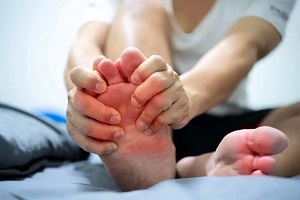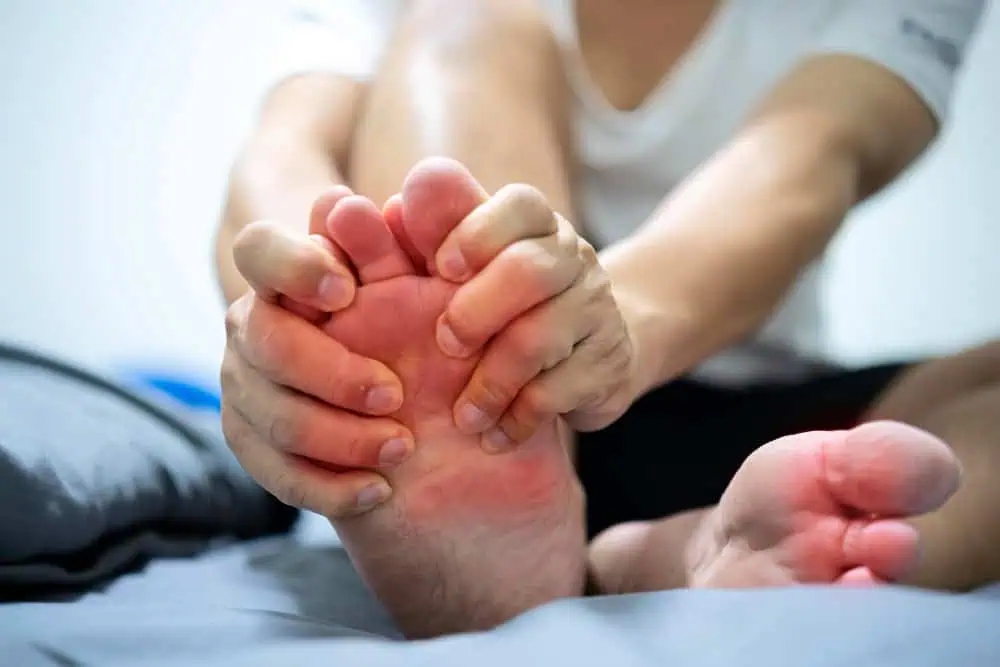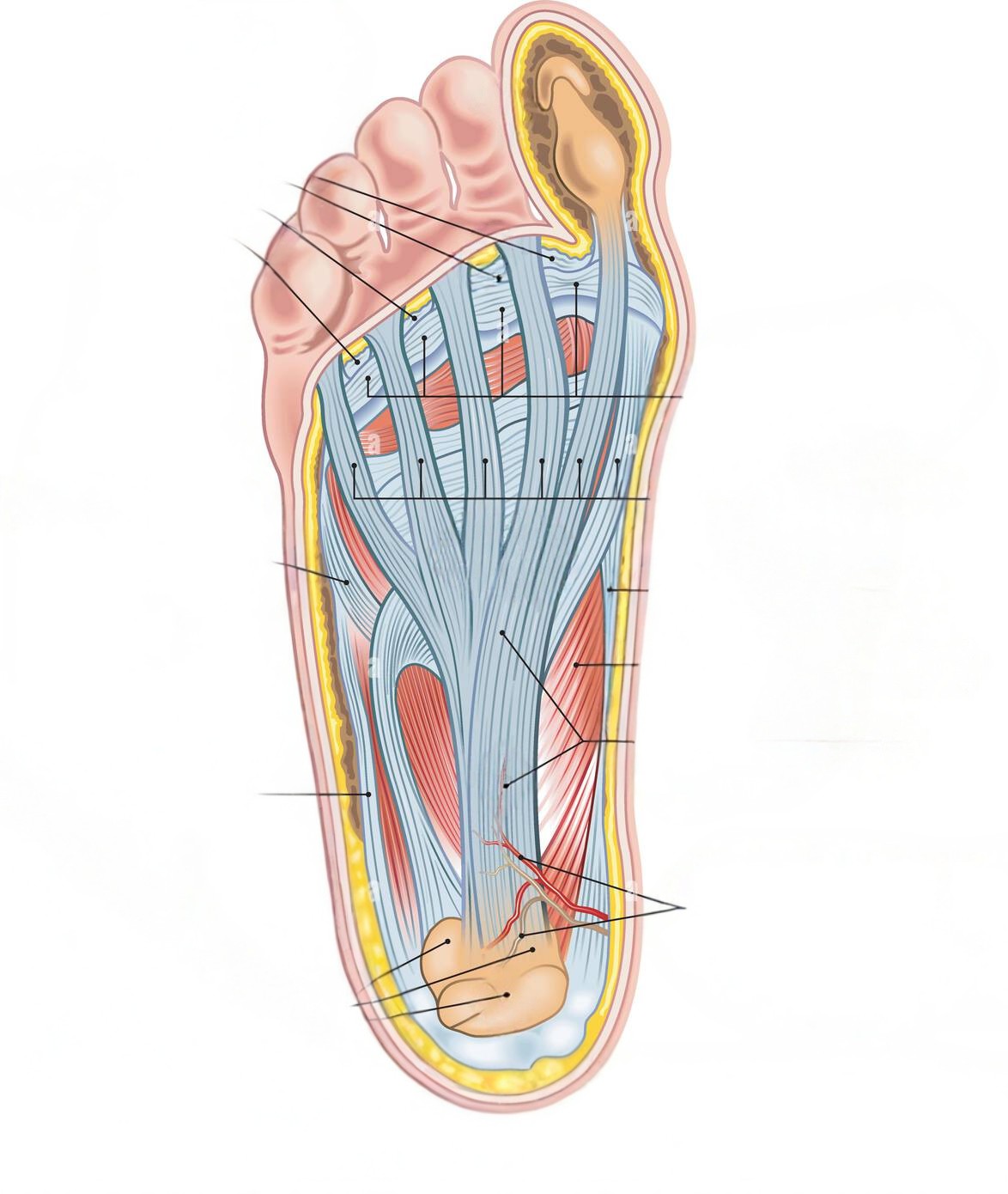

Raynaud’s disease, also known as Raynaud’s phenomenon, is a condition that affects the blood vessels in the extremities, most commonly the fingers and toes. It causes episodes of reduced blood flow to these areas, resulting in color changes, numbness, and coldness. While there is no cure for Raynaud’s disease, there are various treatment options available to manage its symptoms effectively. In this article, we will explore the treatment approaches commonly used for Raynaud’s disease.
Lifestyle Modifications
Making certain lifestyle changes can help minimize the frequency and severity of Raynaud’s disease episodes. Here are some strategies to consider:
1. Keep Warm
Maintaining warmth is crucial for individuals with Raynaud’s disease. Dressing in layers, wearing warm gloves and socks, and using hand and foot warmers can help protect the extremities from the cold and prevent episodes.
2. Manage Stress
Stress and emotional factors can trigger Raynaud’s episodes. Engaging in stress management techniques such as relaxation exercises, deep breathing, meditation, or yoga may help reduce the frequency and severity of symptoms.
3. Avoid Triggers
Identify and avoid triggers that worsen symptoms. Common triggers include exposure to cold temperatures, smoking, and certain medications. By avoiding these triggers, you can minimize the likelihood of experiencing an episode.
4. Regular Exercise
Engaging in regular physical activity helps improve circulation and promote overall vascular health. Consult with a healthcare professional to determine appropriate exercise options that suit your condition and abilities.
Medications
In some cases, medications may be prescribed to help manage Raynaud’s disease symptoms. These medications work by dilating blood vessels and improving blood flow. Here are some commonly used medications:
1. Calcium Channel Blockers
Calcium channel blockers, such as nifedipine or amlodipine, are often prescribed to relax and widen blood vessels, improving blood flow to the extremities. These medications are typically taken on a regular basis to prevent Raynaud’s episodes.
2. Alpha Blockers
Alpha blockers, such as prazosin, may be prescribed to help relax the constricted blood vessels and improve blood flow. They are particularly useful for individuals who do not respond well to calcium channel blockers.
3. Topical Nitroglycerin
Topical nitroglycerin ointment or cream may be applied to the affected areas to help dilate blood vessels and alleviate symptoms during an episode.
Other Therapies
In addition to lifestyle modifications and medications, other therapies may be used to manage Raynaud’s disease symptoms:
1. Biofeedback
Biofeedback therapy involves learning techniques to control body temperature and blood flow using relaxation and mental exercises. This therapy can help reduce the frequency and duration of Raynaud’s episodes.
2. Sympathetic Nerve Block
In severe cases of Raynaud’s disease, a sympathetic nerve block may be considered. This procedure involves injecting a local anesthetic into the nerves that control blood flow in the affected areas, helping to reduce symptoms.
3. Surgery
In rare cases, when other treatments fail to provide relief, surgical interventions may be considered. Procedures such as sympathectomy or digital artery bypass surgery aim to improve blood flow to the affected areas.
Seeking Professional Guidance
If you suspect you have Raynaud’s disease or experience persistent symptoms, it is important to consult with a healthcare professional. They can provide an accurate diagnosis, evaluate the severity of your condition, and recommend appropriate treatment options tailored to your specific needs.
By implementing lifestyle modifications, taking prescribed medications, and exploring other therapies under professional guidance, individuals with Raynaud’s disease can effectively manage their symptoms and improve their quality of life.
Don’t let foot and ankle pain hold you back any longer! Take the first step towards a pain-free life by scheduling an appointment with WeTreatFeet Podiatry today. Click here to book your consultation and learn more about our specialized foot and ankle fracture management services. Regain your mobility and live life on your terms with WeTreatFeet Podiatry.
Remember, your feet deserve the best care. Contact us now and let our experts guide you towards a speedy recovery!
In this article, we have discussed the treatment options available for managing Raynaud’s disease symptoms. If you suspect you have Raynaud’s or experience ongoing episodes, we strongly advise consulting with a healthcare professional for an accurate diagnosis and personalized treatment plan. Remember, early intervention and proper management can help minimize symptoms and enhance your overall well-being. Wishing you warmth and comfort!




